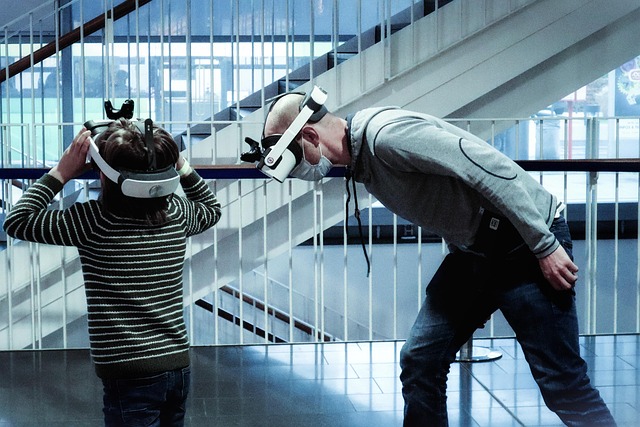In recent years, the world of technology has seen remarkable advancements, particularly with the emergence of virtual reality (VR), augmented reality (AR), and the overall metaverse. Among these innovations, spatial sound has become a crucial component in shaping immersive experiences that truly engage users. This unique auditory approach enhances the way we perceive and interact with digital environments, making them more realistic and captivating.
Spatial sound refers to a three-dimensional auditory experience where sounds are placed in a 3D space, allowing users to discern their origin and distance. In VR, this technology elevates the immersive quality by providing lifelike audio cues that correspond with visual stimuli. Imagine stepping into a virtual world where you can hear the distant roar of waves crashing against the shore, the rustling of leaves overhead, or the footfalls of other avatars approaching from behind. This level of detail not only enhances realism but also significantly improves usability and navigation within the virtual space.
On the other hand, AR blends digital content with the real world, and here too, spatial sound plays a pivotal role. By integrating sound with visual elements, AR experiences become more intuitive. For instance, when using AR applications for gaming or education, users can receive audio feedback that corresponds with visual markers in the environment. This creates a seamless interaction where sound guides users’ focus and enhances their understanding of the content presented.
The metaverse, an expansive digital universe where users can socialize, play, and work, is further revolutionized by spatial sound. In this interconnected realm, the auditory experience can foster a sense of community and presence. As users navigate through different virtual spaces, the ambient sounds, dialogues, and environmental effects come together to evoke emotions and provide context. Spatial sound ensures that conversations feel more natural, evoking a sense of being in-the-same-room” with others, despite being physically apart.
As developers and creators continue to explore the potential of spatial sound, the future of VR, AR, and the metaverse looks increasingly dynamic. It opens doors to entirely new ways of storytelling and interaction, ensuring that users are not just mere observers but active participants in these expansive spaces. By layering audio in powerful ways, we can shape experiences that resonate not only visually but also emotionally, making each moment spent in these realms more memorable.
In conclusion, spatial sound is transforming the landscape of virtual and augmented realities, as well as the broader metaverse. Its ability to create rich, immersive environments sets the stage for groundbreaking advancements in user engagement and interaction. As we continue to explore these technologies, the role of sound will undoubtedly remain a key factor in crafting experiences that are not just seen, but felt.




